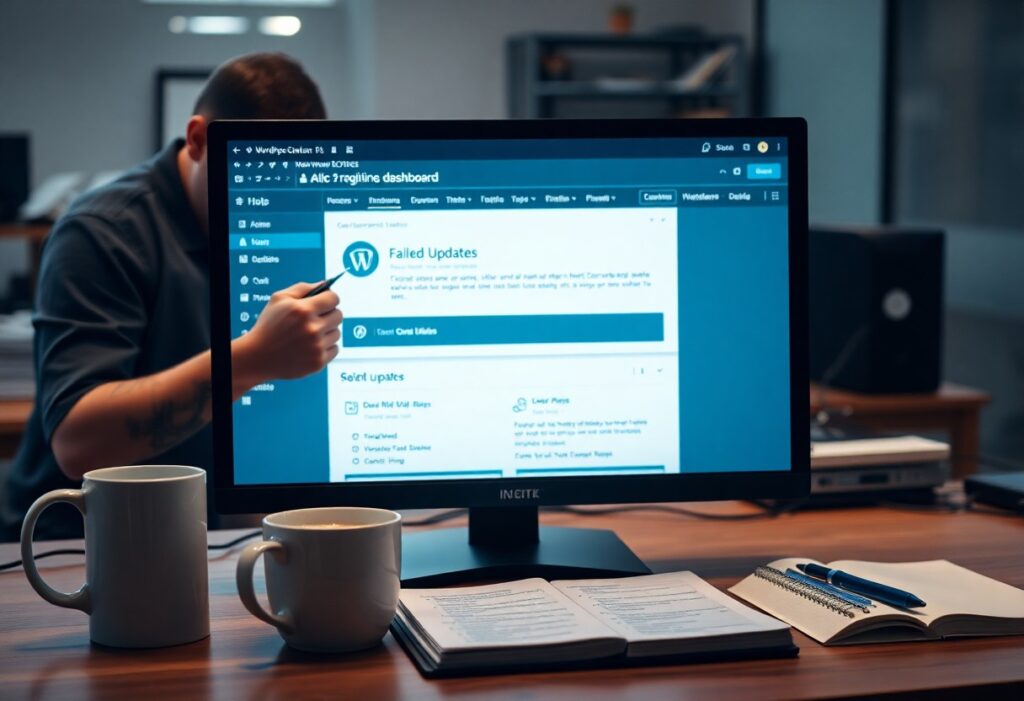Most website owners understand the frustration that comes with encountering errors, especially on WordPress (WP) sites. These errors can disrupt your site’s functionality, hinder user experience, and potentially hurt your site’s reputation. To ensure your website operates smoothly, you can adopt several best practices to minimize the risk of critical WP errors.
First and foremost, keeping your WordPress installation updated is important. WordPress regularly releases updates that include security patches, new features, and bug fixes. By neglecting these updates, you leave your site vulnerable to bugs and exploits. Set your WordPress to update automatically for plugins and themes or schedule regular manual checks to keep everything running smoothly.
Next, considerate plugin management is vital. While plugins can greatly enhance your site’s functionality, having too many can lead to conflicts and performance issues. Start by reviewing the plugins you really need and deactivate or delete any that you don’t use. Additionally, ensure you regularly update your active plugins, as developers often release updates to fix bugs or compatibility issues with the latest version of WordPress.
You should also perform regular backups of your website. Backups allow you to restore a previous version of your site quickly in case something goes wrong. You can use plugins designed for backup or choose hosting services that include this feature. Make a habit of backing up your site before applying updates or making significant changes.
Your choice of web hosting can significantly influence your site’s reliability. You want a provider known for robust performance and good customer support. Before selecting a host, consider factors like the hosting environment (shared, VPS, dedicated), uptime guarantees, and the resources allocated to your account. A good host can help prevent server-related issues that might lead to errors on your site.
Monitoring your website’s performance is also a preventive strategy. Tools like Google Analytics or website monitoring services can provide valuable insights into traffic patterns and potential issues. These tools can alert you to significant drops in traffic, which may indicate errors on your site.
Implementing a proper security protocol is another way to mitigate risks. Use security plugins that offer features like firewalls, malware scanning, and login attempt monitoring. Keeping your login page secure through methods like two-factor authentication can significantly reduce the chances of an attack that could lead to critical errors.
Lastly, familiarize yourself with the WP debug mode. Enabling debug mode can reveal any issues within your WordPress installation. With a better understanding of the errors that arise, you can take action promptly. Just remember to disable this mode on your live site to prevent displaying error messages to your visitors.
By following these best practices, you can greatly reduce the likelihood of encountering critical WP errors. Ensuring your site functions without interruption not only enhances user experience but also contributes to the overall success of your online presence. Take the time to implement these strategies, and you will enjoy a smoother, more reliable website experience.




